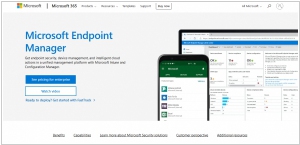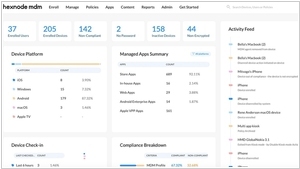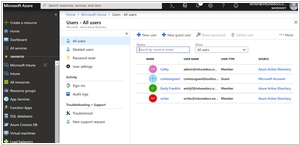Hexnode vs Microsoft Intune
August 28, 2023 | Author: Michael Stromann
Hexnode and Microsoft Intune are two prominent solutions in the realm of mobile device management, each offering distinct features catering to various organizational needs. Hexnode focuses on providing comprehensive device management capabilities, spanning applications, content, and security settings, with an emphasis on user-friendly management within a unified platform. It particularly stands out for its ease of use and strong security measures. In contrast, Microsoft Intune, a part of Microsoft Endpoint Manager, leverages seamless integration with the Microsoft ecosystem, offering not only device management but also application deployment and identity management. Intune's strength lies in its deep integration with Azure Active Directory and other Microsoft services, providing a unified platform for managing devices and ensuring secure access to resources across multiple platforms.
See also: Top 10 MDM software
See also: Top 10 MDM software
Hexnode vs Microsoft Intune in our news:
2020. Microsoft updates its Endpoint Manager with improved macOS support

Microsoft has introduced a variety of fresh enhancements to Microsoft Endpoint Manager, the company's comprehensive platform for managing and securing devices within an enterprise setting. This service, which combines the capabilities of Microsoft System Center Configuration Manager with the cloud-based tools of Intune, was launched less than a year ago. The latest updates enhance the existing framework and include enhanced support for macOS and iPad, as well as new tools for establishing connections between mobile devices and on-premises applications. Additionally, the updates introduce additional productivity tools based on the data collected by the service. Moreover, Microsoft has simplified the process for corporate IT departments to remotely provision devices for their employees.





